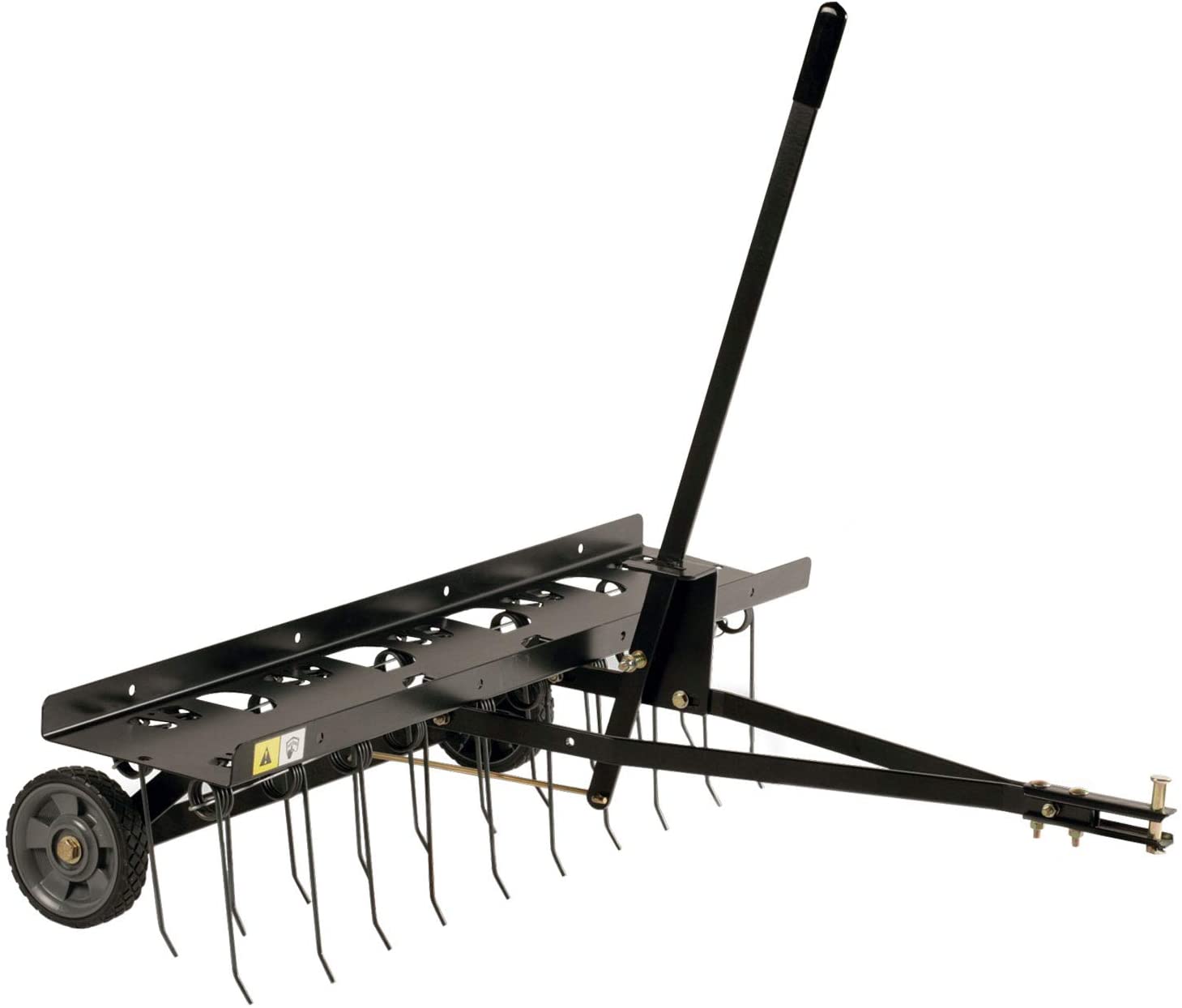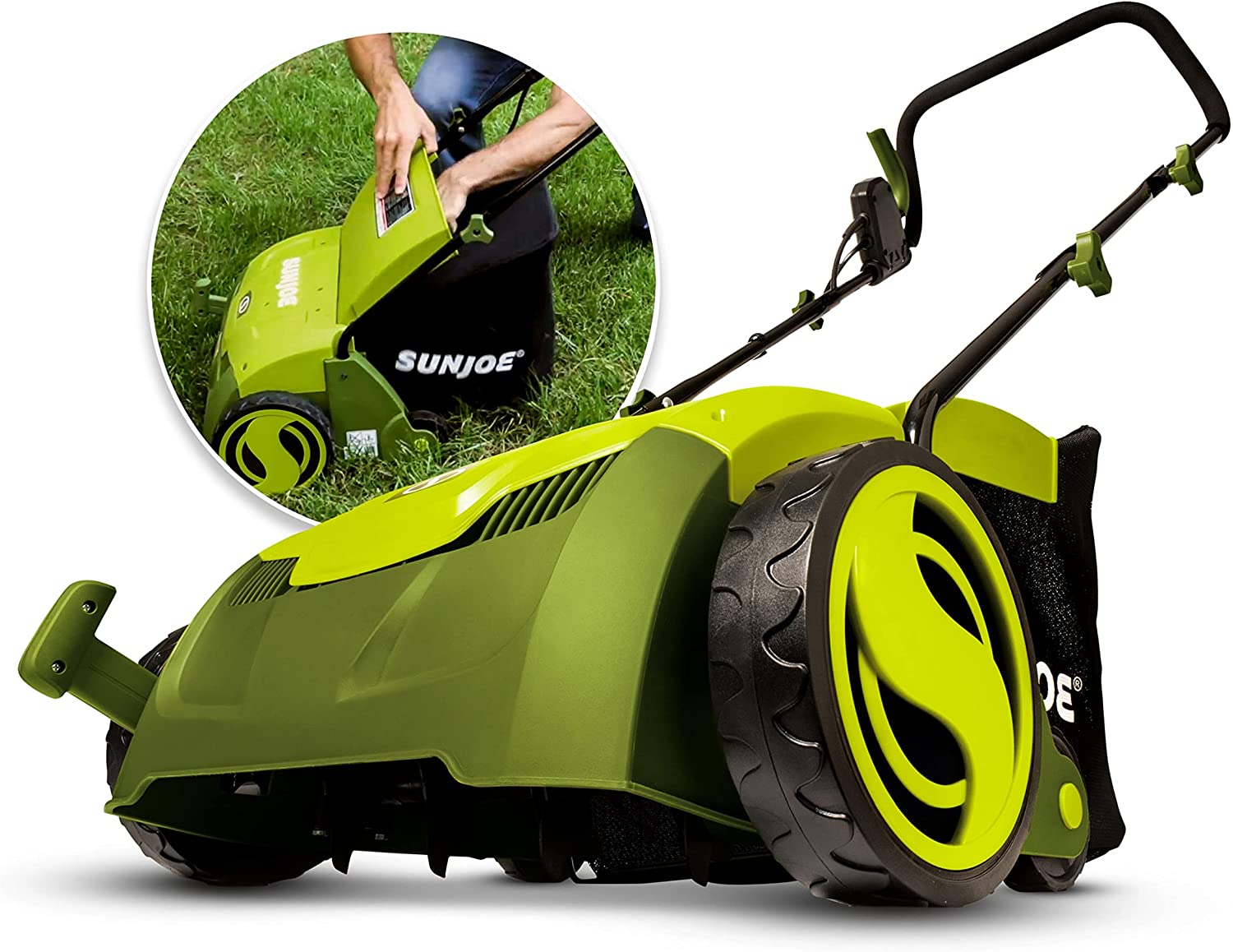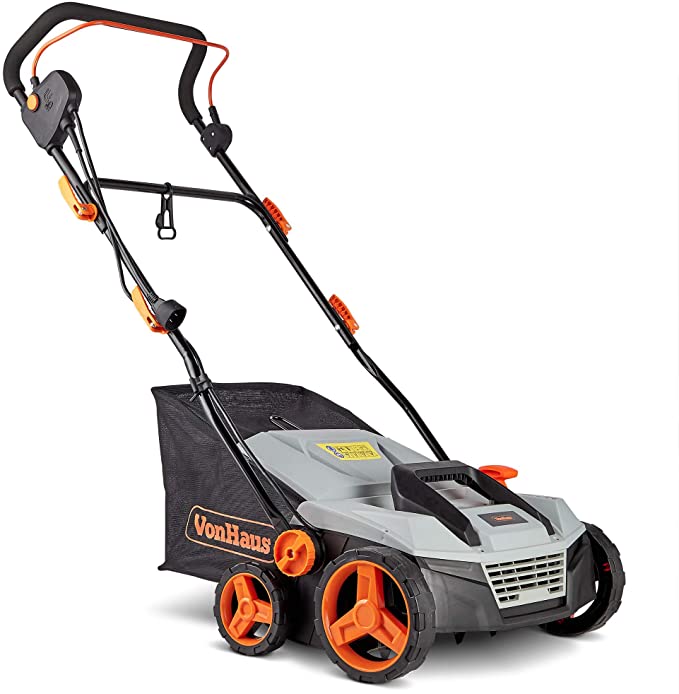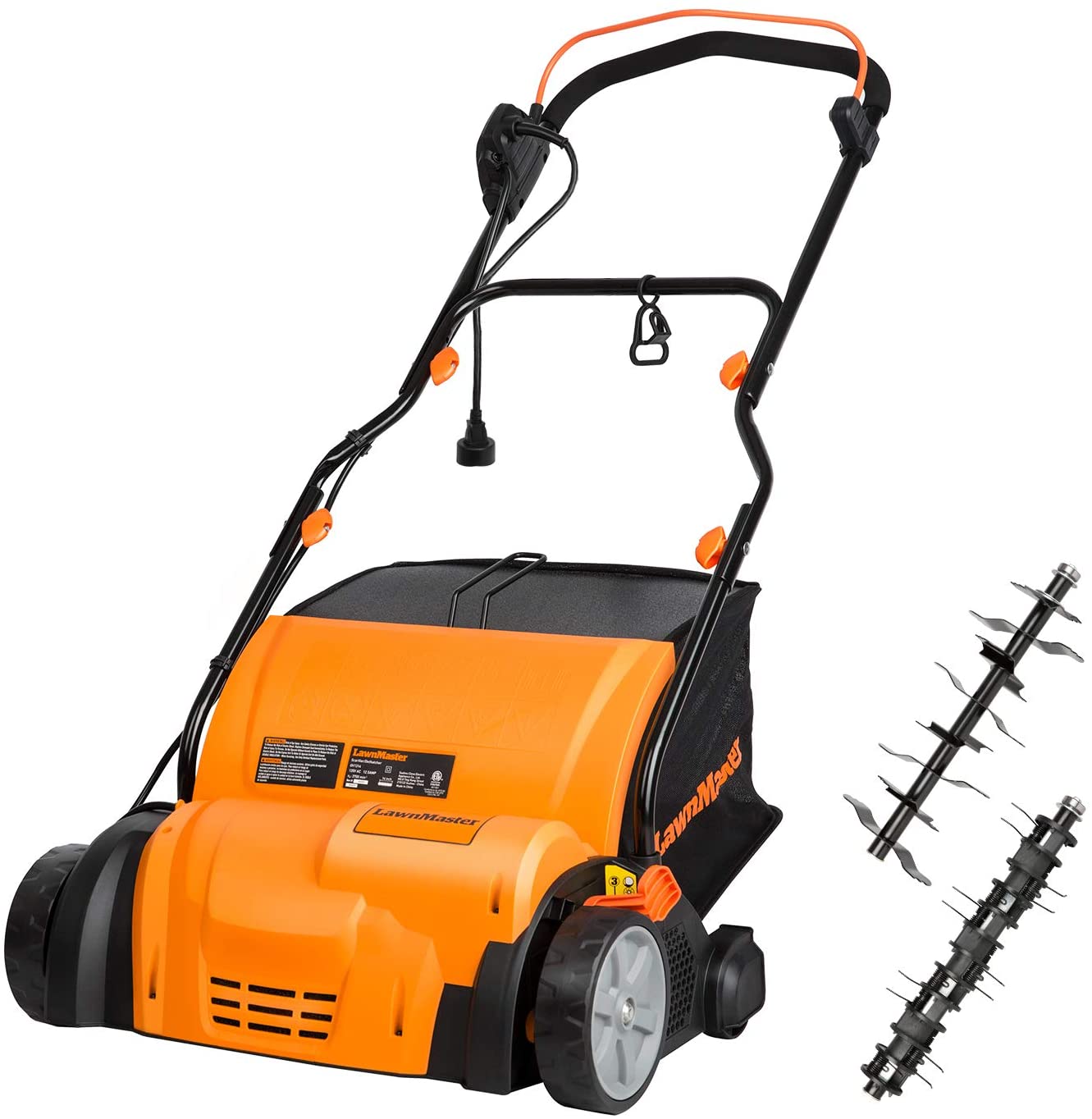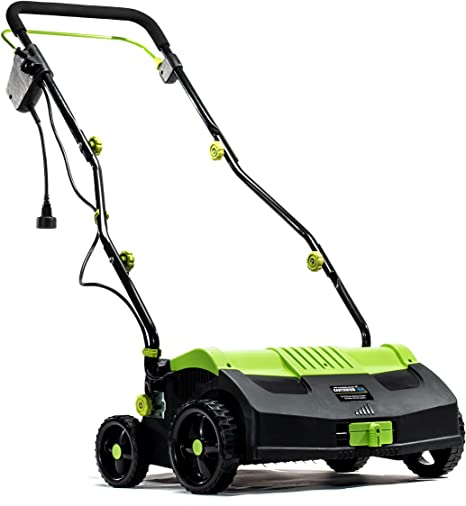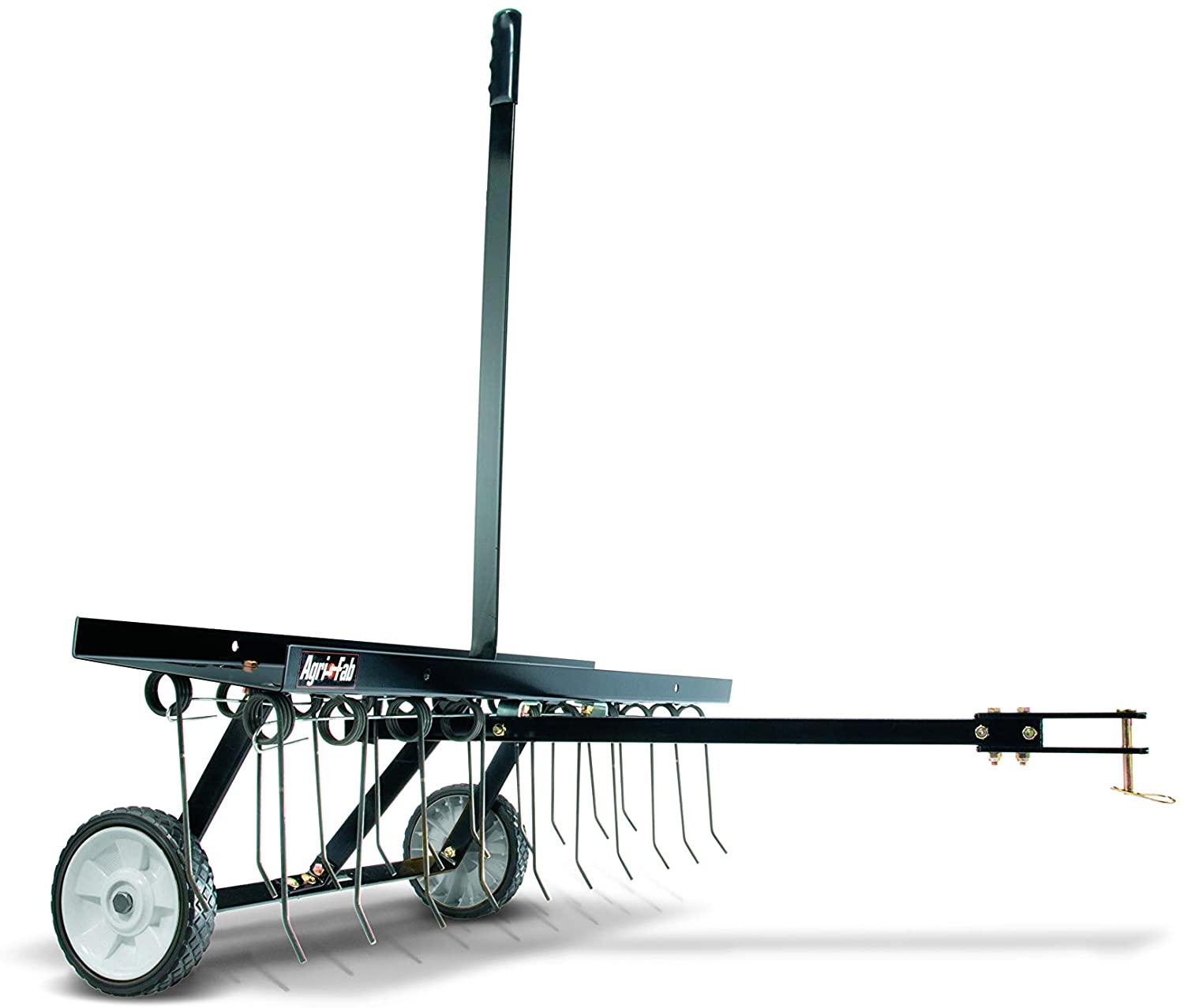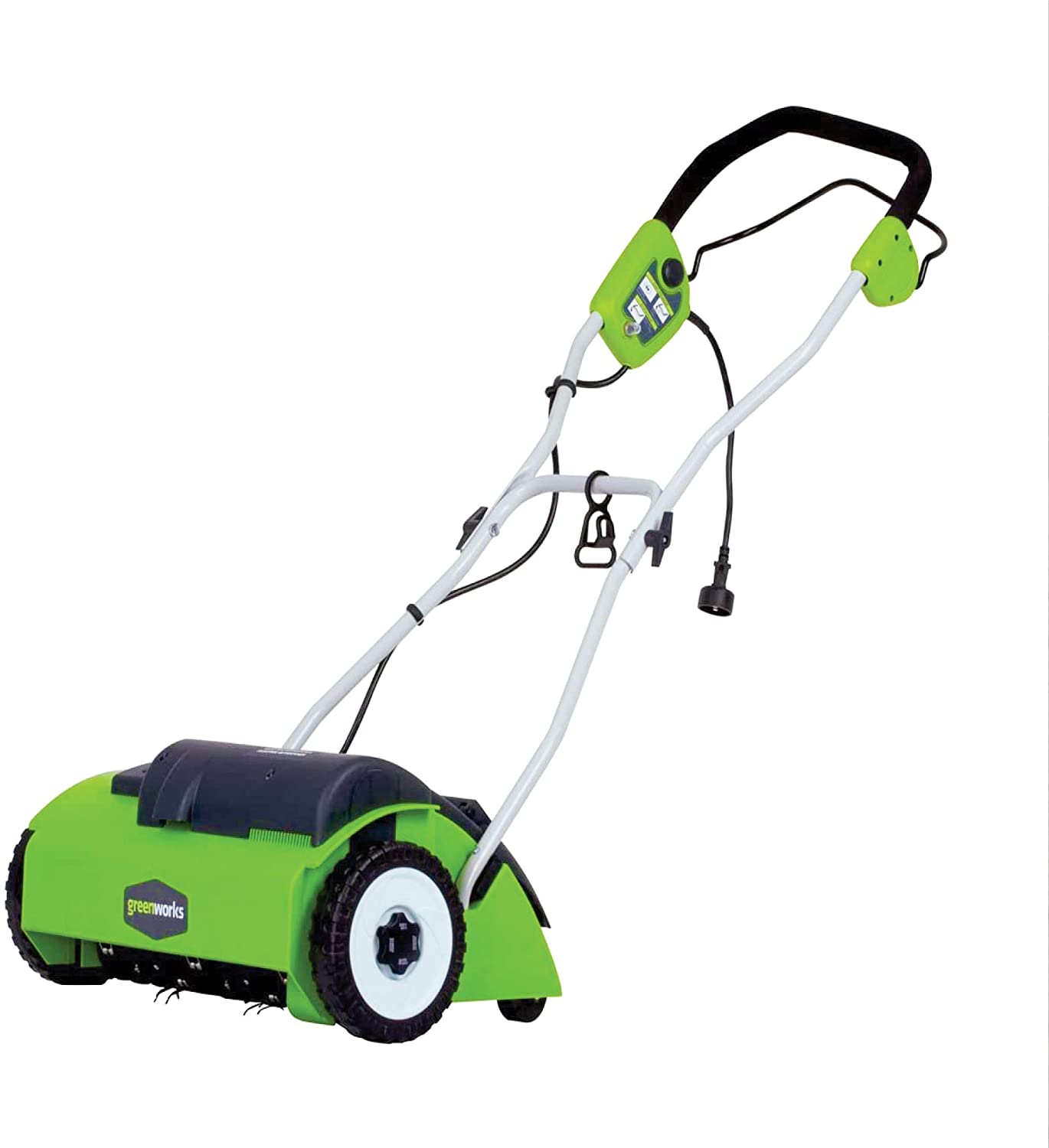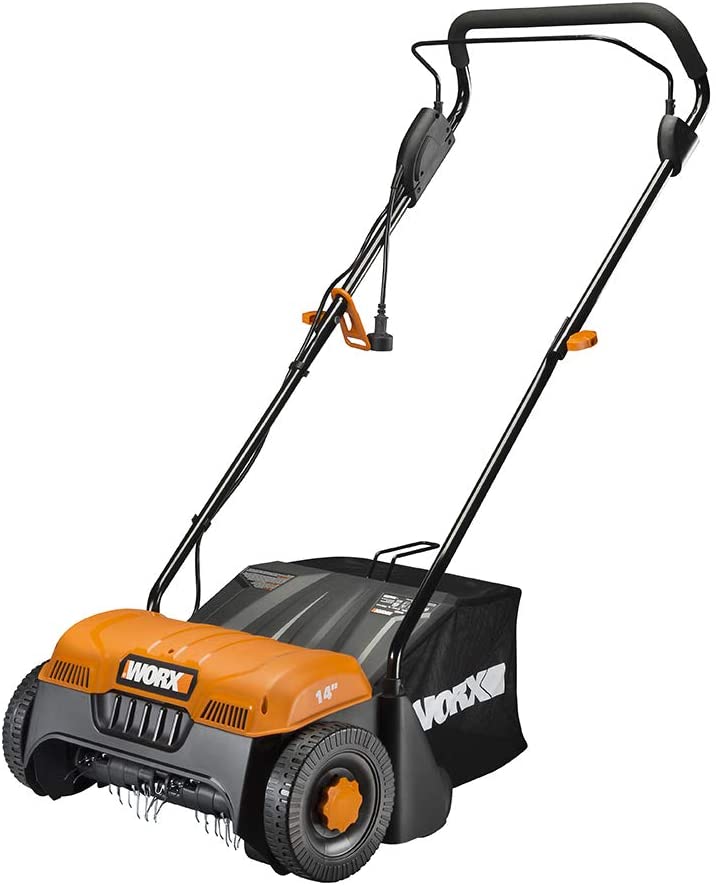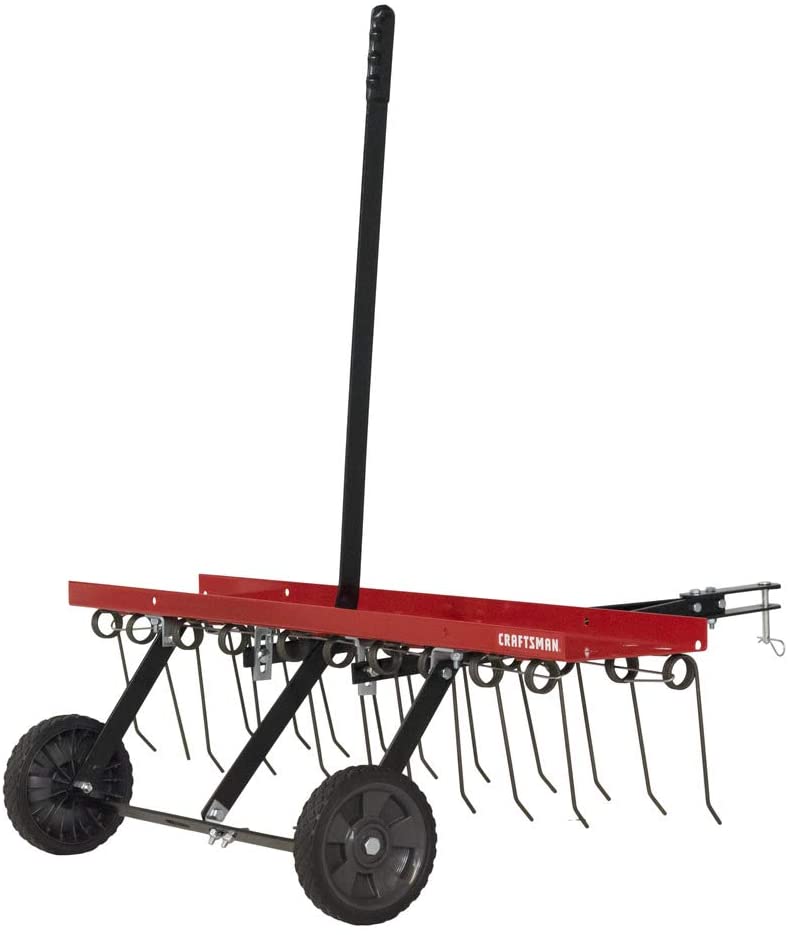Brinly DT-40BH Removable Thatch Multiple Settings Dethatcher, 40-Inch
Last updated: June 30, 2023
This dethatcher can work as a straight dethatcher or operate more aggressively to get down into the soil. There's also a transport mode to let you move it easily cross driveways and walkways. An all-steel design makes it easy to tackle tough jobs, and a heavy-duty tray can hold up to 70 pounds of organic debris.
We looked at the top Dethatchers and dug through the reviews from some of the most popular review sites. Through this analysis, we've determined the best Dethatcher you should buy.
Product Details
Key Takeaway: This manual dethatcher has a mode that digs into soil, making it perfect for reseeding projects.
In our analysis of 11 expert reviews, the Brinly Removable Thatch Multiple Settings Dethatcher, 40-Inch placed 3rd when we looked at the top 10 products in the category. For the full ranking, see below.From The Manufacturer
Maximum Thatch Removal: 40″ working width and 2 rows of 10 independently flexing spring steel tines comb through a lawn, lifting thatch up and out of the lawn where it can be mowed or mulched to promote a healthier root system. Multiple Settings for Different Tasks: Brinly’s Dethatcher can be set to work as a straight dethatcher (tines comb the grass, flicking up thatch) or in a more aggressive mode where the tines scrape and scarify the soil as they pull up thatch – useful for re-seeding projects. Place the Dethatcher in transport mode for crossing drives and walkways. Long-Lasting Construction: All steel design with heavy-duty tray holds up to 70 lbs. of additional weight (for aggressive operations). Tines are made of durable spring steel; in the unlikely event of a breakage, a safety rod is included to catch the tine and prevent contact with mower blades. No-flat diamond rubber-tread transport wheels for durability. Easy-to-Engage Transport Wheels: The engagement lever, conveniently accessible from the driver’s seat, lowers the 6″ never-flat transport wheels when crossing sidewalks, driveways, and paths. Spring Steel Tines: 20 long-lasting, triple-coil strength 3/16″ diameter spring steel tines stay flexible and guarantee performance. Tines come pre-assembled to the tray. Universal Hook-Up: A single, heavy-duty universal hitch pin is included to easily attach the Dethatcher to any rider or tractor and most any ZTR or ATV. Features drawbar with adjustable mounting positions to adapt to all tractor hookup heights. Simple Assembly: Tines come pre-assembled on the tray from the factory to decrease assembly time. Includes easy pictorial assembly manual with fastener skin pack; each part is matched to each assembly step. Assembly video also available on Brinly’s YouTube channel. Made in the USA: Trusted Since 1839, Brinly-Hardy Company has been dedicated to providing quality, durable, and innovative Lawn & Garden Products built in the USA.
